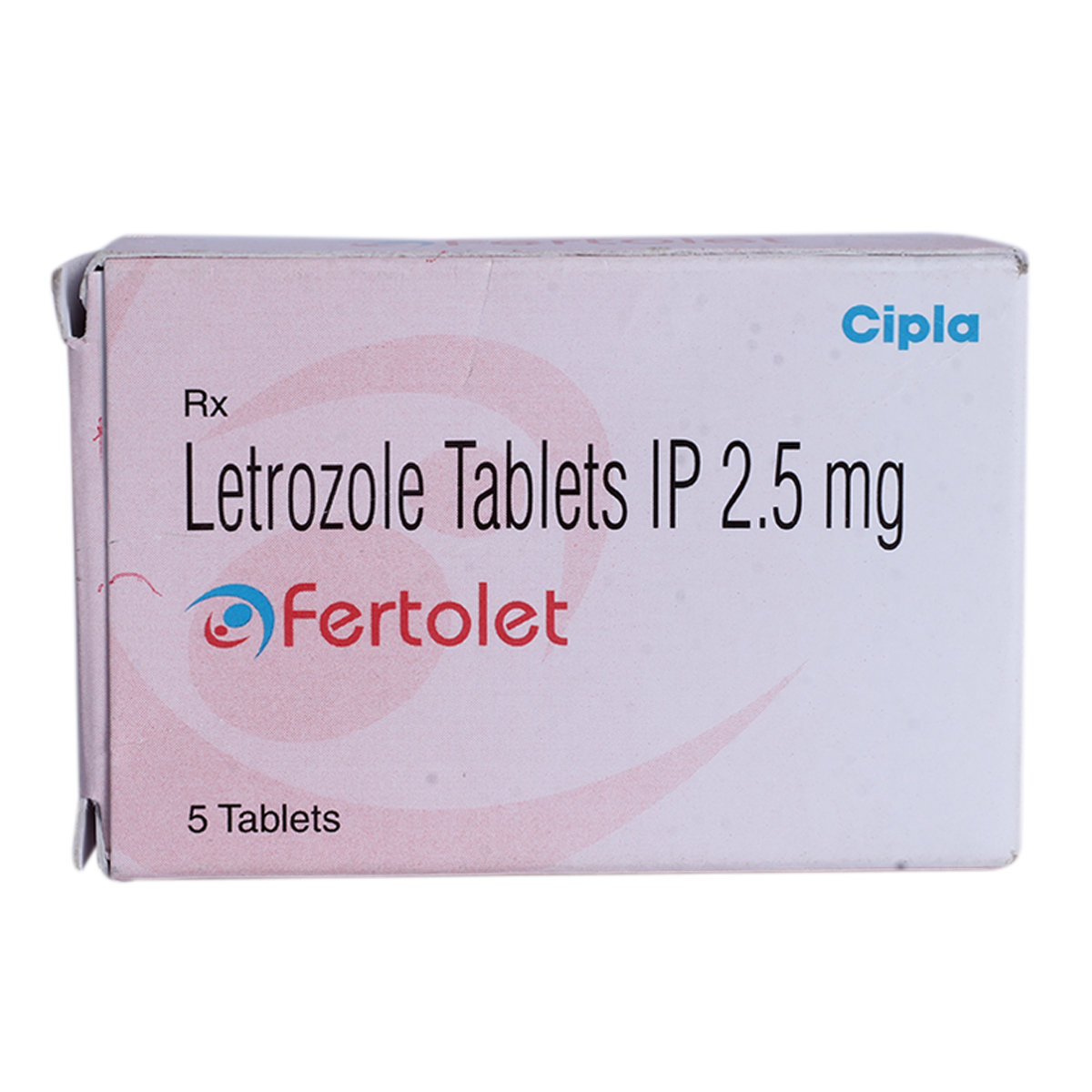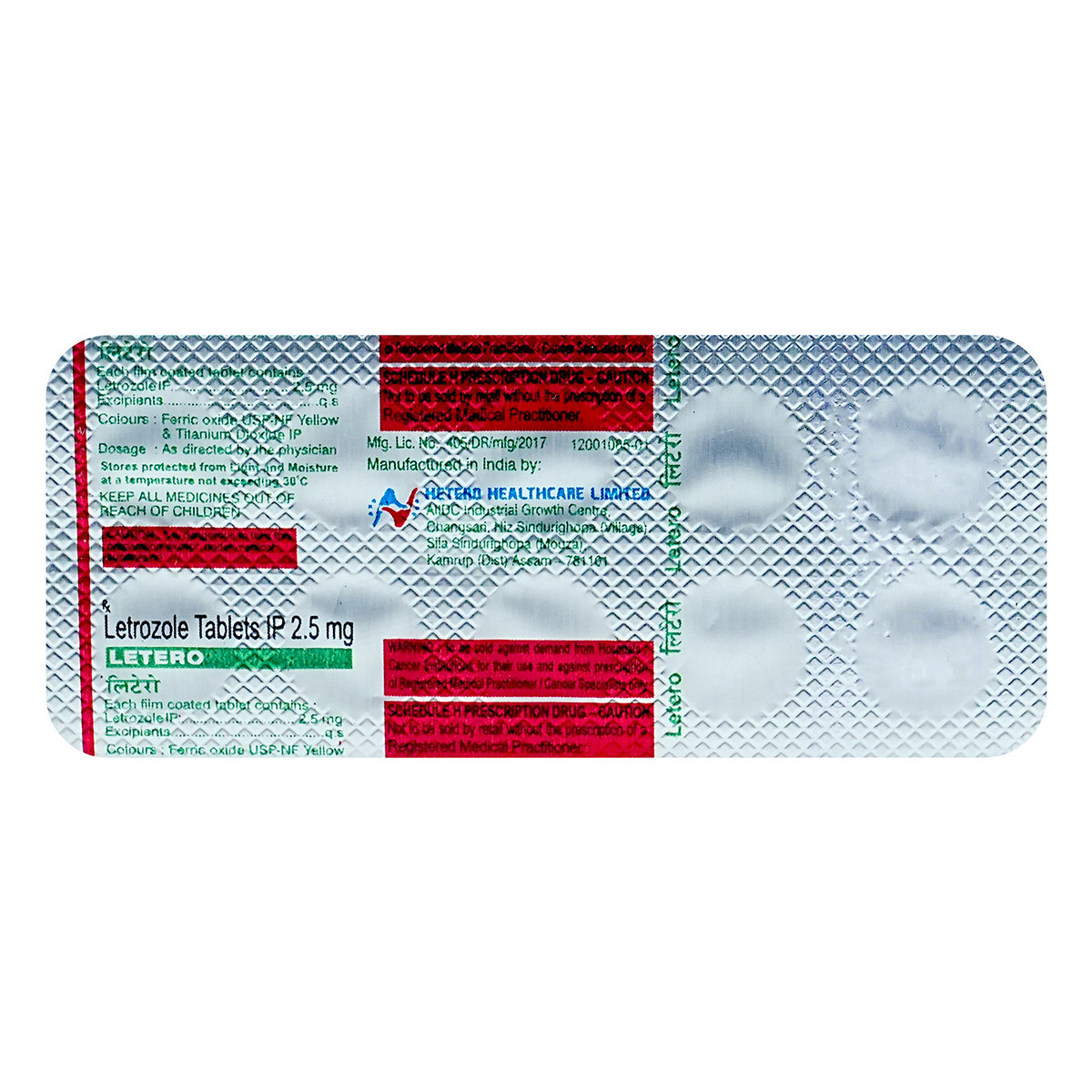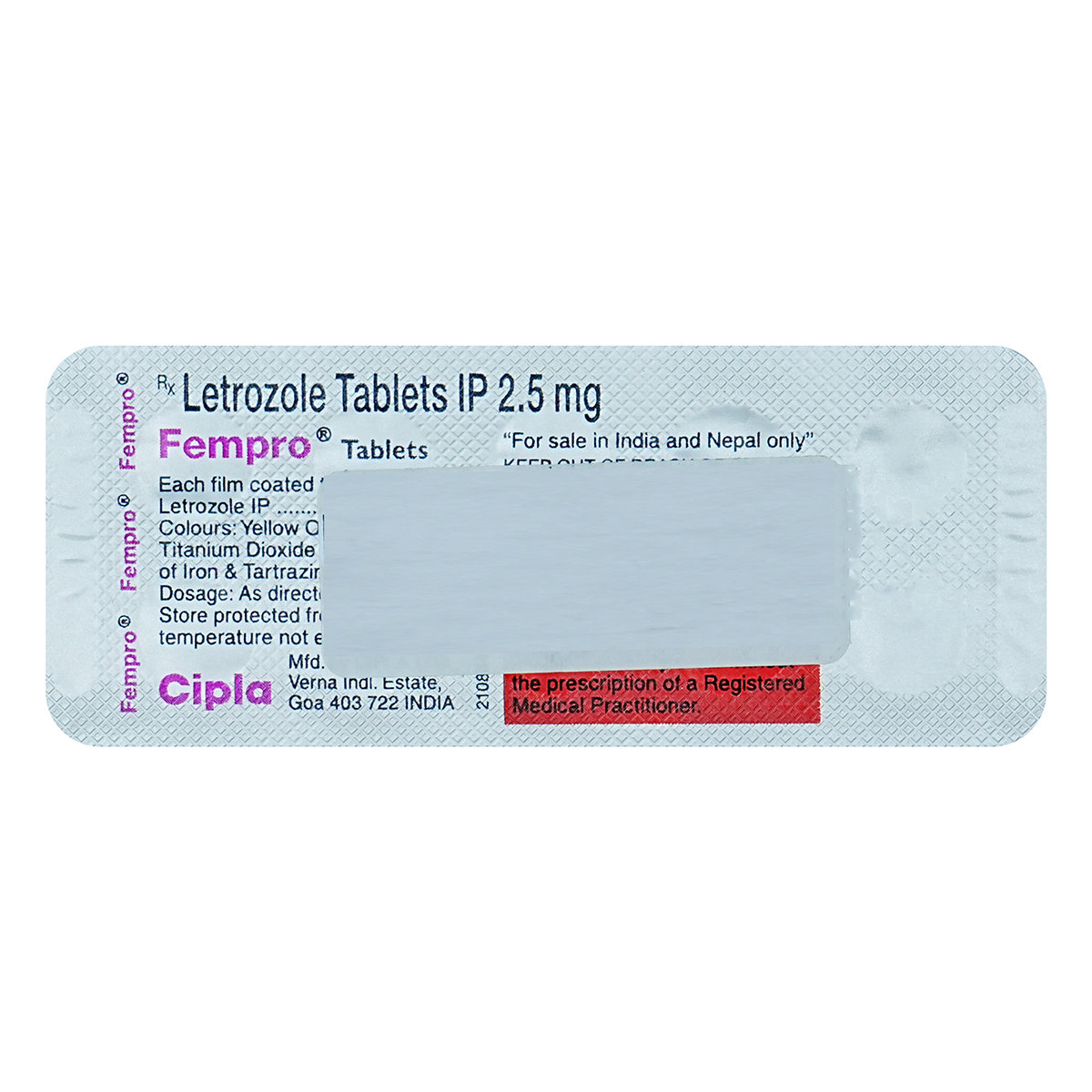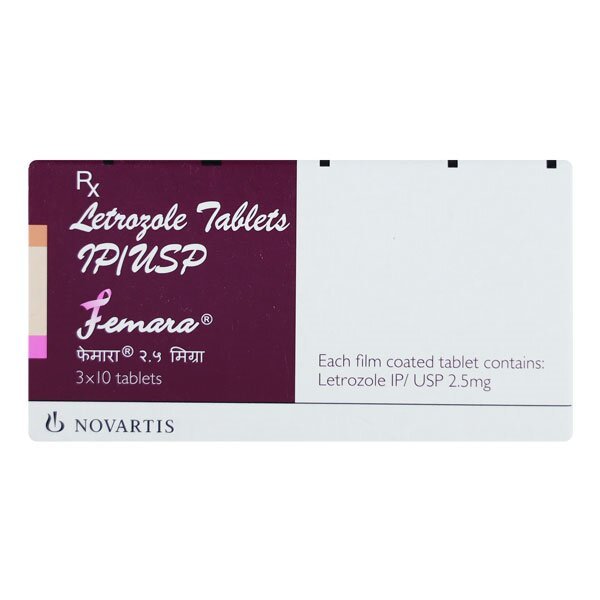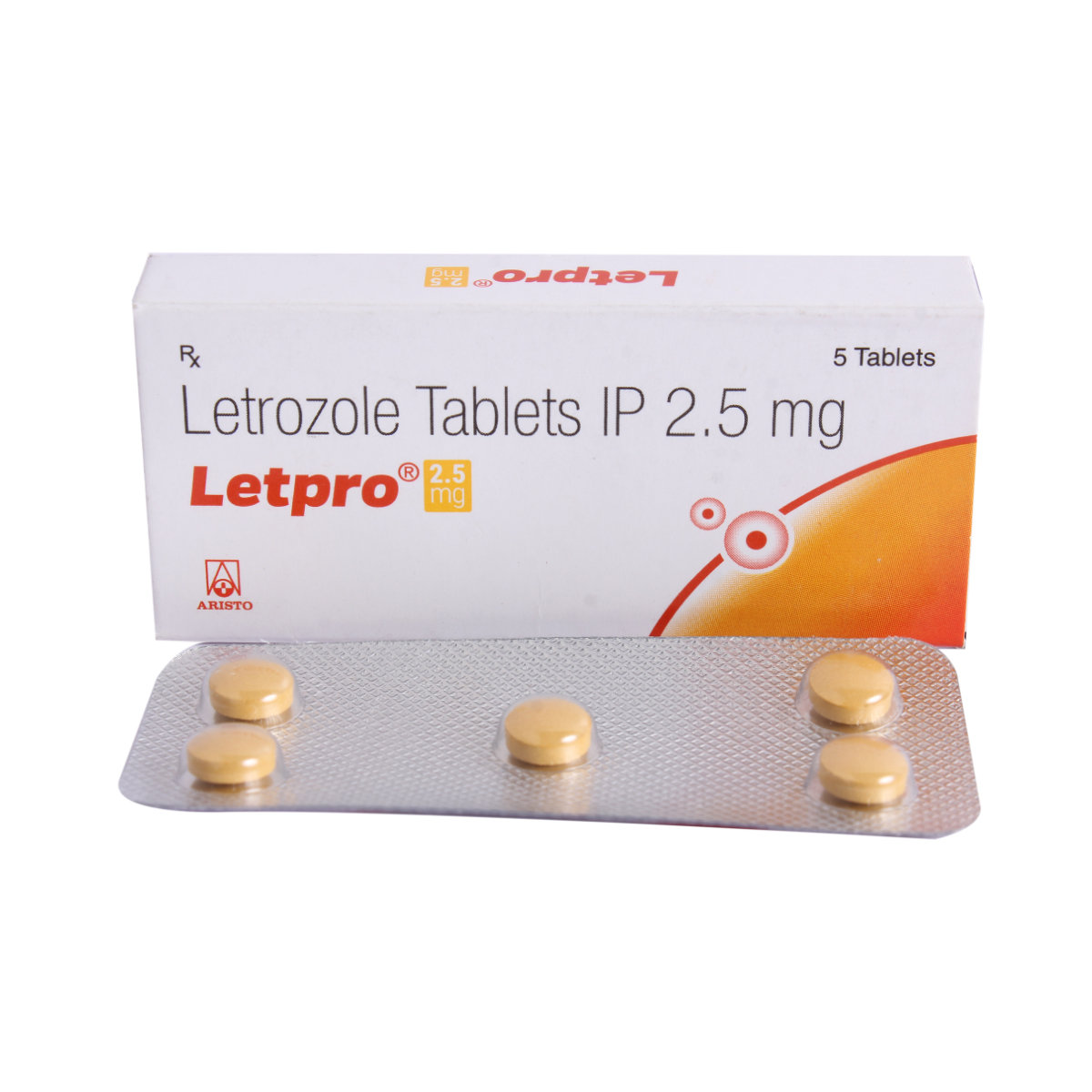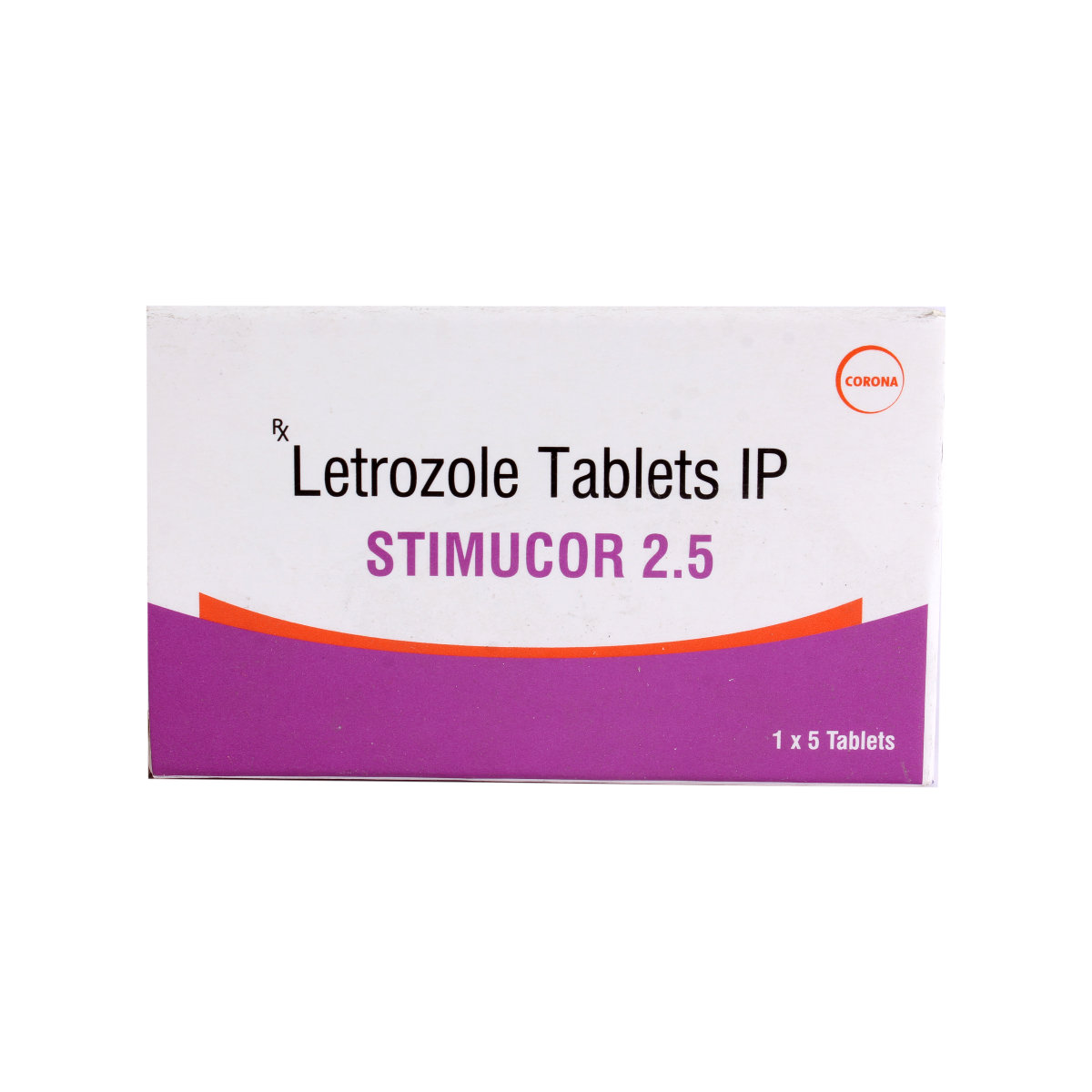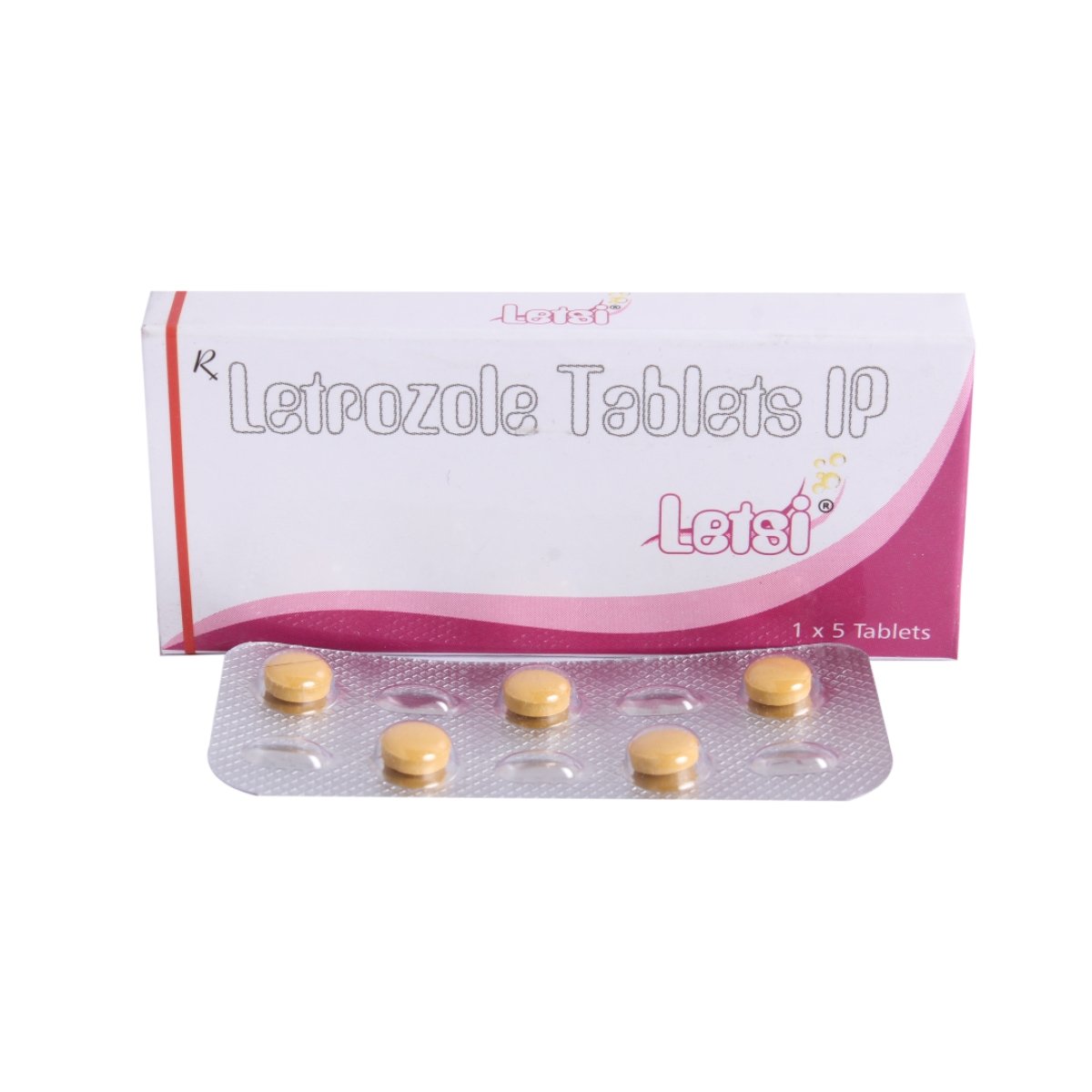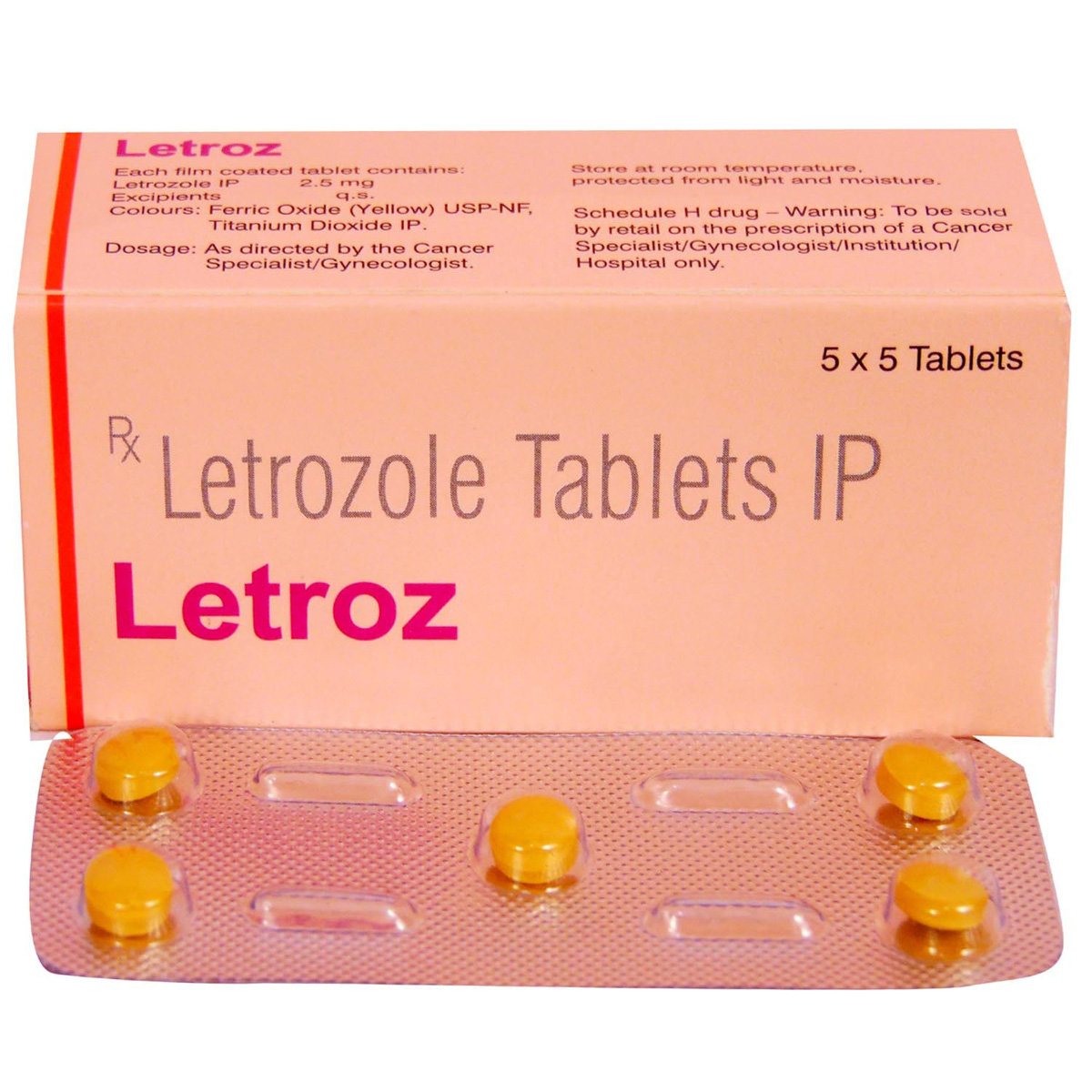Anolet Tablet

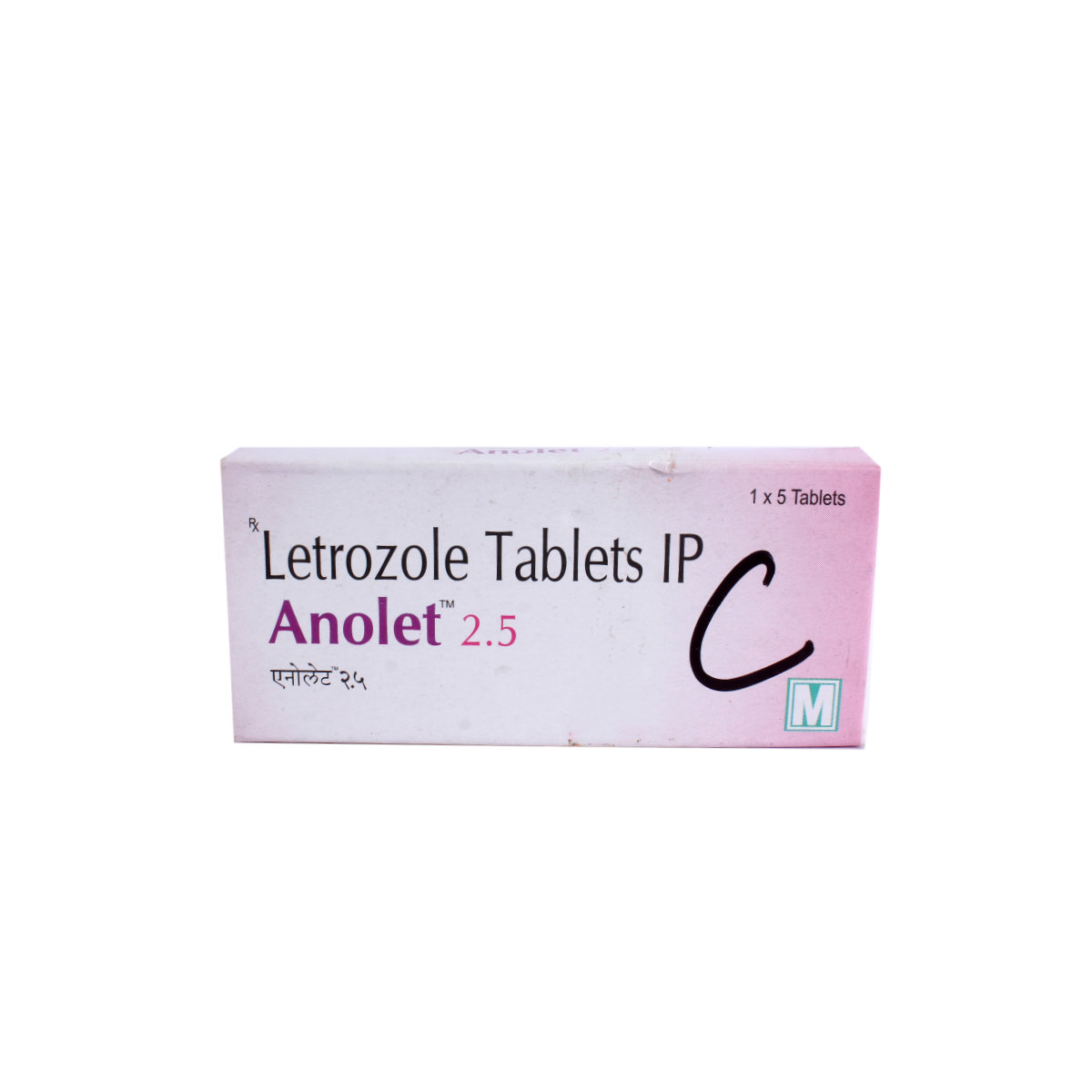
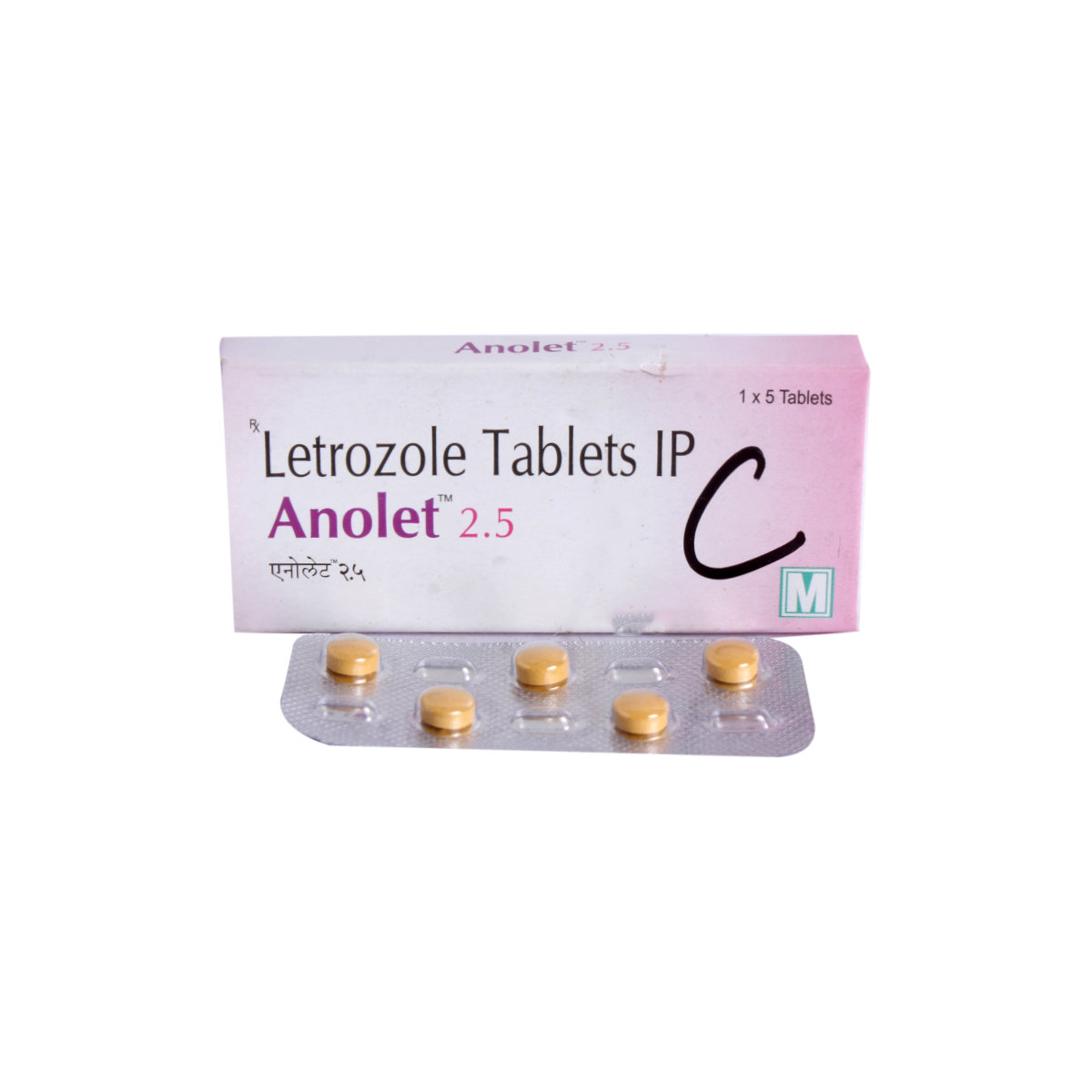
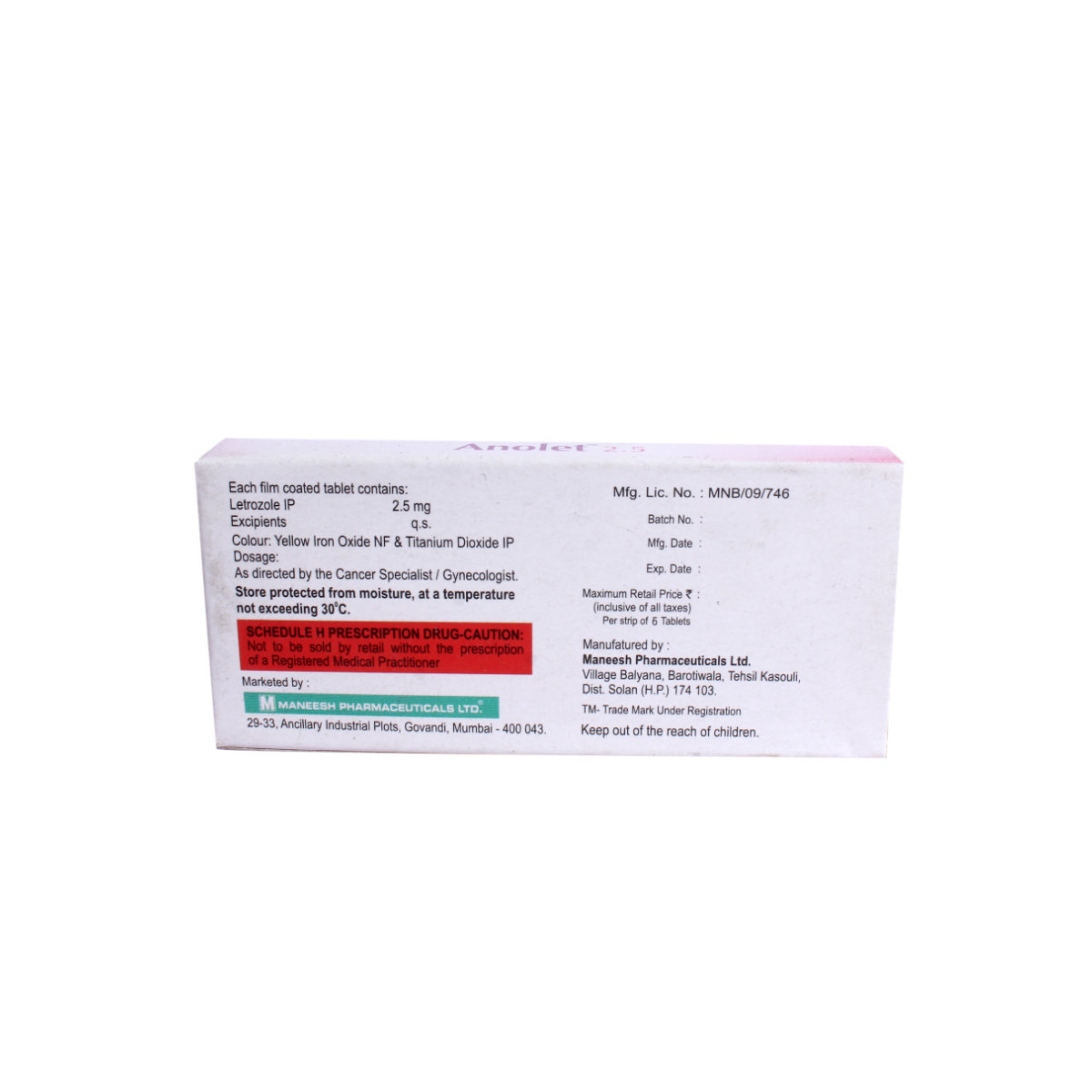
MRP ₹153.5
(Inclusive of all Taxes)
₹23.0 Cashback (15%)
know your delivery time
Provide Delivery Location
Composition :
Manufacturer/Marketer :
Consume Type :
Expires on or after :
Return Policy :

Secure Payment

Trusted by 8 Crore Indians

Genuine Products
Therapeutic Class
Country of origin
Manufacturer/Marketer address
Author Details
We provide you with authentic, trustworthy and relevant information
Disclaimer
Alcohol
Safe if prescribed
You are recommended to avoid alcohol consumption while taking Anolet Tablet to avoid unpleasant side effects. Alcohol intake, along with Anolet Tablet, may cause increased drowsiness.
Pregnancy
Consult your doctor
Anolet Tablet is pregnancy category D medicine so, should not be taken during pregnancy.
Breast Feeding
Consult your doctor
Anolet Tablet should not be taken during breastfeeding as it passes into the breastmilk and may harm the nursing baby.
Driving
Safe if prescribed
Anolet Tablet may cause dizziness and drowsiness, do not drive or operate heavy machinery if you feel dizzy.
Liver
Consult your doctor
It is safe to take Anolet Tablet if prescribed. Please consult your doctor if you have a liver impairment or any concerns regarding this.
Kidney
Consult your doctor
It is safe to take Anolet Tablet if prescribed. Please consult your doctor if you have kidney impairment or any concerns regarding this. No dosage adjustment is required for kidney patients with creatinine clearance greater than 10 mL/min.
Children
Safe if prescribed
Anolet Tablet should not be used by children, as the efficacy and safety have not been established.
Product Substitutes
About Anolet Tablet
Anolet Tablet belongs to the group of anti-cancer medicines called aromatase inhibitors used to treat breast cancer in women who have gone through menopause (cessation of menses periods). Breast cancer is a type of cancer that develops in breast cells stimulated by the female sex hormone known as estrogen.
Anolet Tablet contains 'Letrozole' that works by blocking the aromatase enzyme, which is involved in the production of the estrogen hormone. The cancer cells require estrogen for their growth. Hence, by blocking the aromatase enzyme, Anolet Tablet prevents the growth of cancer cells. Thereby Anolet Tablet helps in preventing or stopping the growth of spreading the tumours (cancer cells) to other body parts.
You are advised to take Anolet Tablet for as long as your doctor has prescribed it for you depending on your medical condition. In some cases, Anolet Tablet may cause certain common side-effects such as hypercholesterolemia (increased cholesterol levels), tiredness, weakness, increased sweating, feeling unwell, pain in joints, and hot flushes (feeling of warmth). Do not be reluctant to talk with your doctor if you experience any of these side-effects persistently.
Avoid taking Anolet Tablet if you are pregnant or breastfeeding. Anolet Tablet may cause drowsiness and dizziness, so drive only if you are alert. Anolet Tablet should not be given to children as safety has not been established. Avoid consuming alcohol along with Anolet Tablet as it could lead to increased drowsiness and dizziness. Inform your doctor about your health condition and medications to rule out any side-effects.
Uses of Anolet Tablet
Medicinal Benefits Mweb
Key Benefits
Anolet Tablet belongs to the group of anti-cancer medicines called aromatase inhibitors. Anolet Tablet is used to treat breast cancer in women who have gone through menopause (cessation of periods). Anolet Tablet works by blocking the aromatase enzyme, which is involved in the production of estrogens. The cancer cells require estrogen for their growth, so by blocking the enzyme Anolet Tablet prevents the growth of cancer cells. Thereby, Anolet Tablet helps in slowing down or stopping the growth and/or spreading the tumours to other body parts.
Directions for Use
Side Effects of Anolet Tablet
- Hypercholesterolemia (increased cholesterol levels)
- Tiredness
- Weakness
- Increased sweating
- Feeling unwell
- Pain in joints
- Hot flushes (feeling of warmth)
Drug Warnings
Do not take Anolet Tablet if you are allergic to any of its contents, if you have not yet gone through menopause (still get your periods). Talk to your doctor before taking Anolet Tablet if you have osteoporosis (thinning of bones), bone fractures, severe liver or kidney disease. Anolet Tablet may cause inflammation in tendons or tendon injury; contact your doctor if you observe any sign of tendon pain or swelling while taking Anolet Tablet. Avoid taking Anolet Tablet if you are pregnant or breastfeeding. Anolet Tablet may cause drowsiness and dizziness, so drive only if you are alert. Anolet Tablet should not be given to children as safety has not been established. Avoid consuming alcohol along with Anolet Tablet as it could lead to increased drowsiness and dizziness. Inform your doctor about your health condition and medications before taking Anolet Tablet to rule out any side-effects.
Drug-Drug Interactions
Drug-Drug Interactions
Login/Sign Up
Coadministration of thalidomide and Anolet Tablet may increase the risk of blood clots.
How to manage the interaction:
Although taking Anolet Tablet and thalidomide together can possibly result in an interaction, it can be taken if your doctor has prescribed it. However, if you experience symptoms such as chest pain, difficulty breathing, coughing up blood, sudden loss of vision, pain, redness, or swelling in an arm or leg, consult a doctor. Do not discontinue any medications without a doctor's advice.
when taken together Anolet Tablet's function could be blocked by estramustine, which would reduce its ability to effectively treat your illness.
How to manage the interaction:
Although taking Anolet Tablet and estramustine together can possibly result in an interaction, it can be taken if your doctor has prescribed it. Do not discontinue any medications without a doctor's advice.
Co-administration of Anolet Tablet may have an effect when used with Diethylstilbestrol, making it less effective in treating your disease.
How to manage the interaction:
Although taking Anolet Tablet and diethylstilbestrol together can result in an interaction, it can be taken if a doctor has prescribed it. Do not discontinue any medications without a doctor's advice.
When taken together ethinyl estradiol may interfere with Anolet Tablet's activity and make it less effective in treating the condition.
How to manage the interaction:
Although taking Anolet Tablet and ethinylestradiol together can result in an interaction, it can be taken if a doctor has prescribed it. Do not stop using any medications without a doctor's advice.
When taken together Anolet Tablet's function could be blocked by estrone, which would reduce its ability to effectively treat your illness.
How to manage the interaction:
Although taking Anolet Tablet and estrone together can possibly result in an interaction, it can be taken if your doctor has prescribed it. Do not discontinue any medications without a doctor's advice.
Co-administration of Desogestrel together with Anolet Tablet may decrease the effects of Anolet Tablet.
How to manage the interaction:
Although taking Anolet Tablet and Desogestrel together can result in an interaction, it can be taken if a doctor has prescribed it. Without consulting a doctor, never stop taking any medications.
Anolet Tablet may have a negative effect when used with Estradiol, making it less effective in treating your disease.
How to manage the interaction:
Although taking Anolet Tablet and estradiol together can result in an interaction, it can be taken if a doctor has prescribed it. Do not discontinue any medications without a doctor's advice.
Coadministration of Conjugated estrogens with Anolet Tablet may reduce the effect of Anolet Tablet.
How to manage the interaction:
Although taking Conjugated estrogen and Anolet Tablet together can result in an interaction, it can be taken together if prescribed by a doctor. Do not stop using any medications without consulting a doctor.
Co-administration of Anolet Tablet and Citalopram may raise the risk of a serious irregular heartbeat.
How to manage the interaction:
Although taking Anolet Tablet and Citalopram together can result in an interaction, it can be taken if a doctor has prescribed it. However, if you experience sudden dizziness, lightheadedness, fainting, breathing difficulty, rapid heartbeat, you should consult a doctor. Do not discontinue any medications without a doctor's advice.
Drug-Food Interactions
Drug-Food Interactions
Login/Sign Up
Drug-Diseases Interactions
Drug-Diseases Interactions
Login/Sign Up
Drug-Drug Interactions Checker List
- CITALOPRAM
- ESCITALOPRAM
- TAMOXIFEN
Habit Forming
Special Advise
- Your doctor may advise you to regularly measure bone density before, during and after the treatment as Anolet Tablet may cause bone thinning due to reduction of estrogens in the body.
- Anolet Tablet should be taken under strict medical supervision. The doctor will regularly monitor your condition while taking Anolet Tablet.
Diet & Lifestyle Advise
- Eat a healthy diet and exercise regularly to maintain proper weight.
- Avoid smoking and alcohol consumption.
- Include leafy vegetables, citrus fruits, fatty fish, berries, yoghurt, apples, peaches, cauliflower, cabbage, broccoli, beans, herbs and spices in your diet.
- Avoid fast food, fried food, processed meats, refined carbs and added sugar.
- Get optimal sleep; rest well.
All Substitutes & Brand Comparisons
RX
FERTOLET 2.5MG TABLET 5'S
Cipla Ltd
₹39
(₹7.02 per unit)
74% CHEAPERRX
Letero 2.5 mg Tablet 10's
Hetero Drugs Ltd
₹82.5
(₹7.43 per unit)
73% CHEAPERRX
Fempro Tablet 10's
Cipla Ltd
₹83.5
(₹7.52 per unit)
72% CHEAPER

Have a query?
Buy best Neoplastic Disorders products by
Intas Pharmaceuticals Ltd
Natco Pharma Ltd
Dr Reddy's Laboratories Ltd
Cipla Ltd
Celon Laboratories Pvt Ltd
Sun Pharmaceutical Industries Ltd
Alkem Laboratories Ltd
United Biotech Pvt Ltd
Zydus Cadila
Zydus Healthcare Ltd
Neon Laboratories Ltd
Glenmark Pharmaceuticals Ltd
Mylan Pharmaceuticals Pvt Ltd
BDR Pharmaceuticals Internationals Pvt Ltd
Emcure Pharmaceuticals Ltd
Adley Formulations
Samarth Life Sciences Pvt Ltd
Hetero Drugs Ltd
Torrent Pharmaceuticals Ltd
Fresenius Kabi India Pvt Ltd
Pfizer Ltd
Admac Lifesciences(Oncology)
Adley Pharmaceuticals Ltd
Novartis India Ltd
Halsted Pharma Pvt Ltd
Getwell Life Sciences India Pvt Ltd
Lupin Ltd
Cadila Healthcare Ltd
Hetero Healthcare Pvt Ltd
GLS Pharma Ltd
Reliance Formulation Pvt Ltd
Abbott India Ltd
Aimcad Biotech Pvt Ltd
Astra Zeneca Pharma India Ltd
Therdose Pharma Pvt Ltd
Axiommax Oncology Pvt Ltd
Biochem Pharmaceutical Industries Ltd
Khandelwal Laboratories Pvt Ltd
Msn Laboratories Pvt Ltd
Aureate Healthcare
Caitlin Oncology
Dabur India Ltd
Zee Laboratories Ltd
Sarabhai Chemicals (India) Pvt Ltd
Wembrace Biopharma Pvt Ltd
Delarc Pharmaceuticals Pvt Ltd
Medaegis Biotek Pvt Ltd
Panacea Biotec Ltd
RPG Life Sciences Ltd
Shilpa Medicare Ltd
Getwell Oncology Pvt Ltd
Ipca Laboratories Ltd
Miracalus Pharma Pvt Ltd
Biocon Ltd
Cadila Pharmaceuticals Ltd
Eli Lilly and Company (India) Pvt Ltd
Ferring Pharmaceuticals Pvt Ltd
Fresenius Kabi Oncology Ltd
Getwell Pharmaceutical Pvt Ltd
Maximal Healthcare Pvt Ltd
Boehringer Ingelheim India Pvt Ltd
Del Trade International Pvt Ltd
Sayre Therapeutics Pvt Ltd
Akumentis Healthcare Ltd
Corona Remedies Pvt Ltd
Eisai Pharmaceuticals India Pvt Ltd
GlaxoSmithKline Pharmaceuticals Ltd
Hilfen Pharmaceuticals Pvt Ltd
Johnson & Johnson Pvt Ltd
Mankind Pharma Pvt Ltd
Merck Ltd
Oncostar Pharma Pvt Ltd
Rhone Poulenc Rorer India Pvt Ltd
Vhb Life Sciences Inc
Zuventus Healthcare Ltd
Admac Pharma Ltd
Adonis Laboratories Pvt Ltd
Alniche Life Sciences Pvt Ltd
BPRL Pvt Ltd
Caitlin Life Care
Dr Care
German Remedies Ltd
Janssen Pharmaceuticals Pvt Ltd
MEDICAMEN BIOTECH LTD
Maxis Healthcare (I) Pvt Ltd
Pharm Products Pvt Ltd
Accord Life Spec Pvt Ltd
Amps Biotech Biotech Pvt Ltd
Aphia Healthcare
Astellas Pharma India Pvt Ltd
Bangalore Pharmaceutical and Research Laboratory Pvt Ltd (BPRL)
Bharat Serums and Vaccines Ltd
Cellgen Biopharma
Cosmic Life Sciences
Daris Biocare
East West Pharma India Pvt Ltd
Hillrock Biotech Pvt Ltd
Lucien Life Sciences
Maneesh Pharmaceuticals Ltd
Medilief Bioscience Pvt Ltd

_0.jpg?tr=q-85)

